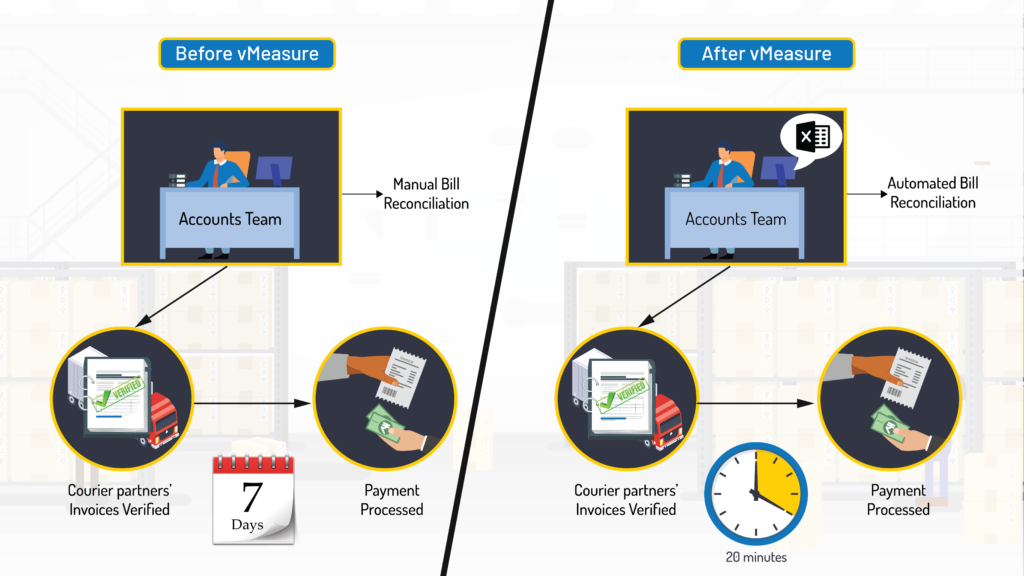What do you think you’ll take away from this episode?
Relevant links:
Podcast Transcript:
Running an eCommerce business has some unique requirements not seen in other types of companies.
An eCommerce warehouse management system is similar to a regular warehouse management system, but it’s tailored to work with an online store.
Here are a few instances where an eCommerce warehouse management system outperforms a traditional one:
Number 1: Set up for single-item orders
Traditional warehouse management systems generally utilized in warehouses that deal with orders containing several goods.
Ecommerce commonly addresses single-item orders, which necessitate calculating the quickest route to each item, selecting the suitable item for each order, properly packing it, and shipping it to the correct address.
Number 2: Able to resist demand fluctuations
Consumer demand fluctuates in all warehouses, which is usually caused by changing trends and seasonal needs.
To deal with this, you’ll need a system to manage all your orders and a server that can drive the traffic generated by your website’s visitors.
Number 3: Precise inventory management
Having an accurate inventory count is critical for any warehouse, but it is especially pivotal for eCommerce warehouses.
Knowing what you have in stock and showing erroneous quantities can give a false impression, damage sales, and make processing orders time-consuming.
Last but not least. Handling more returns.
A typical eCommerce return procedure begins with the buyer initiating the return, after which the company generates a return label.
Because traditional warehouses don’t receive many returns, they aren’t designed to handle all of these stages in huge volumes.
This is Alphonse, the Product Manager of VisAI Labs, And that’s the logistics insight for today.






